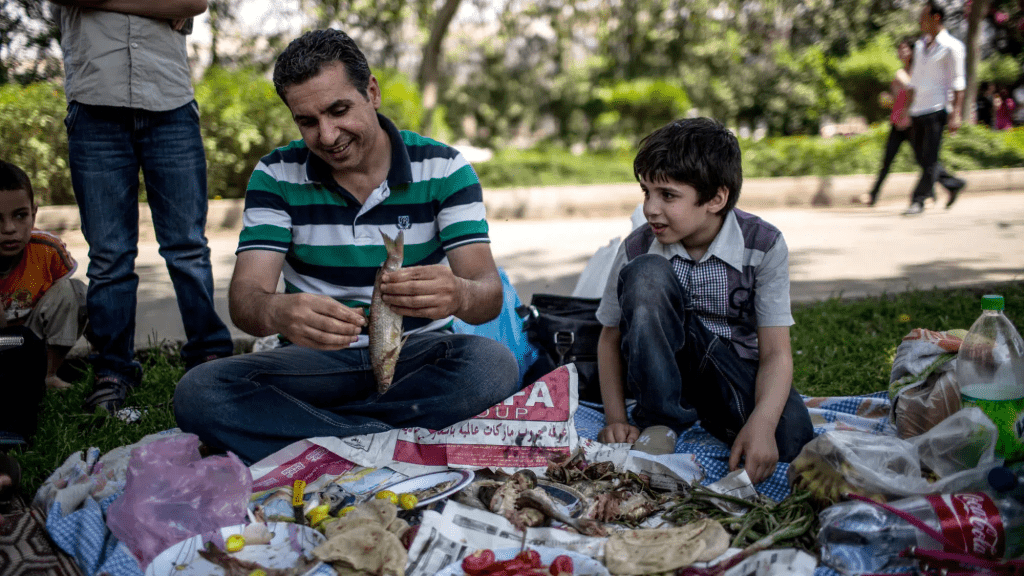Spring in Egypt brings two major holidays right next to each other, and each one comes with its own unique vibe. Easter is steeped in religious traditions, while Sham El Nessim all about enjoying the outdoors and celebrating nature’s bloom. Let’s take a closer look at both holidays.
Origins
These holidays may fall next to each other, but their roots come from very different places — one divine, the other natural.
Easter: A Holy Day Rooted in Faith
Easter is centered around the resurrection of Jesus Christ, making it a deeply spiritual event for Copts. It’s a time of reflection and renewal, both emotionally and spiritually.
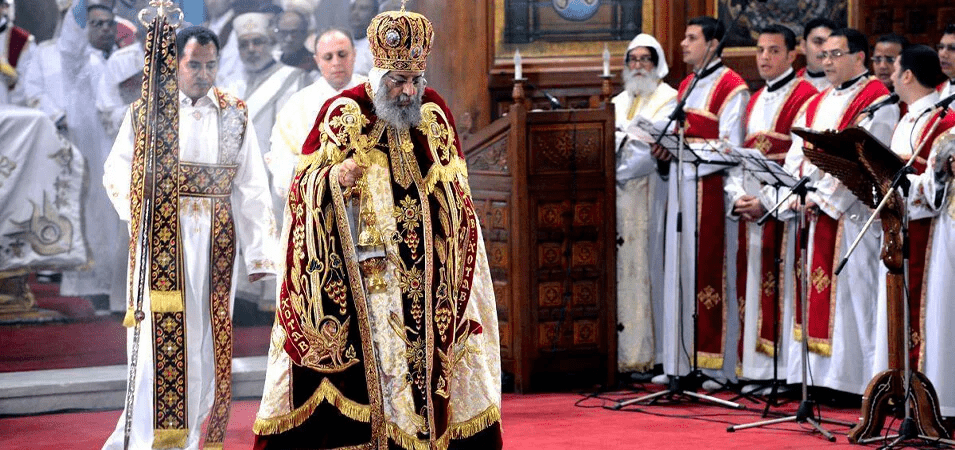

Sham El Nessim: A Celebration of Nature’s Rebirth
On the other hand, Sham El Nessim has its roots in ancient Egyptian traditions, originally linked to the spring equinox and the rebirth of nature. While it was later incorporated into the Coptic calendar, its focus on celebrating nature’s renewal remains central to the holiday.


What’s on the Table?
From comfort food and celebration sweets to bold flavors in the great outdoors, the meals say a lot about each holiday’s vibe.
A Big Feast & Kahk
The food during Easter is a treat after 55 days of fasting. It’s a time to quench that thirst for all kinds of meat, Macaroni Bechamel, dairy and of course, kahk.
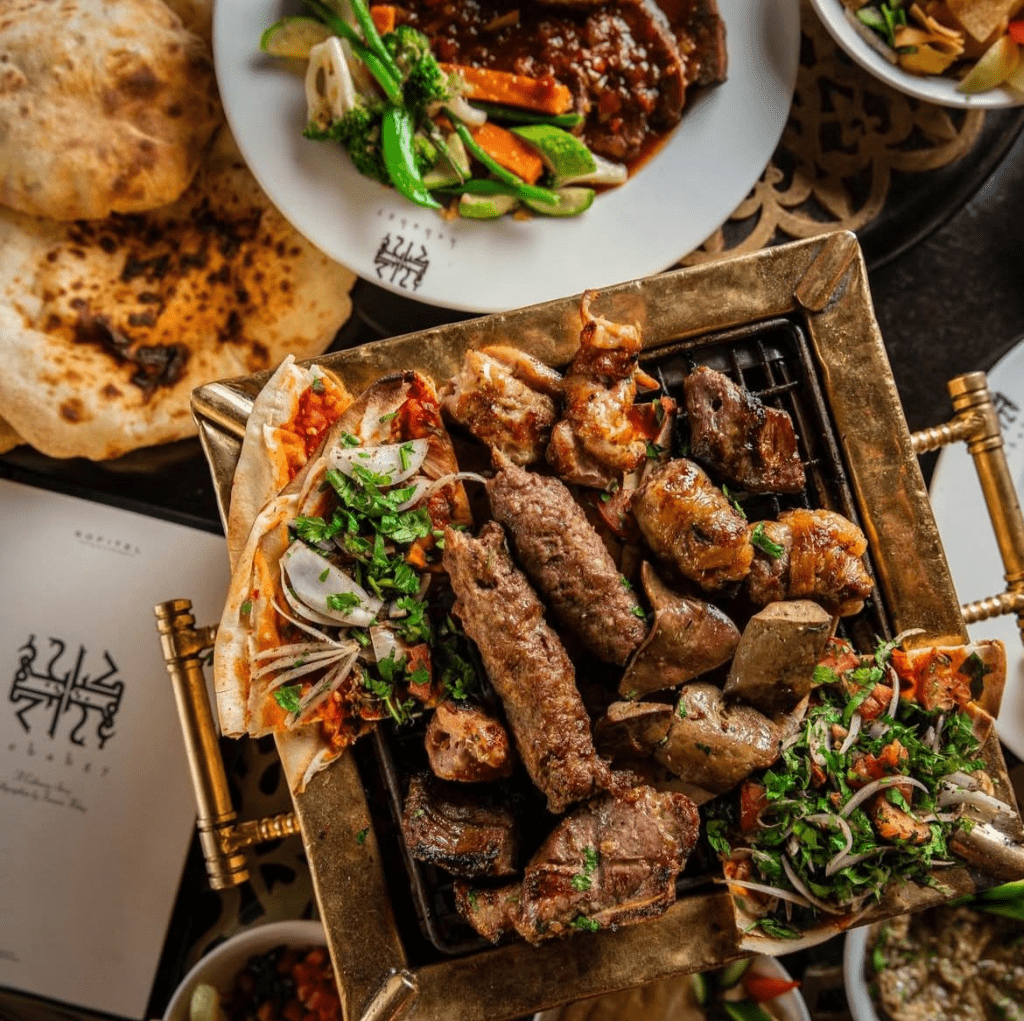

Feseekh & Fresh Air
Sham El Nessim’s food takes a completely different turn. The main dish is feseekh, a type of fermented fish that’s salty, smelly, and an acquired taste for many.
Alongside it, you’ll find colored eggs (which actually made their way from Easter into Sham El Nessim), green onions, and plenty of bread. It’s an outdoor meal that’s typically enjoyed with family and friends.
Energy
The overall mood of each holiday couldn’t be more different despite being one day apart.
Easter: Calm and Reflective
Easter carries a sacred, reflective energy. It’s a day that invites quiet contemplation, whether through church services or sharing a meal with family. The atmosphere tends to be calm and emotional, as many people reflect on the deeper meaning of the holiday.
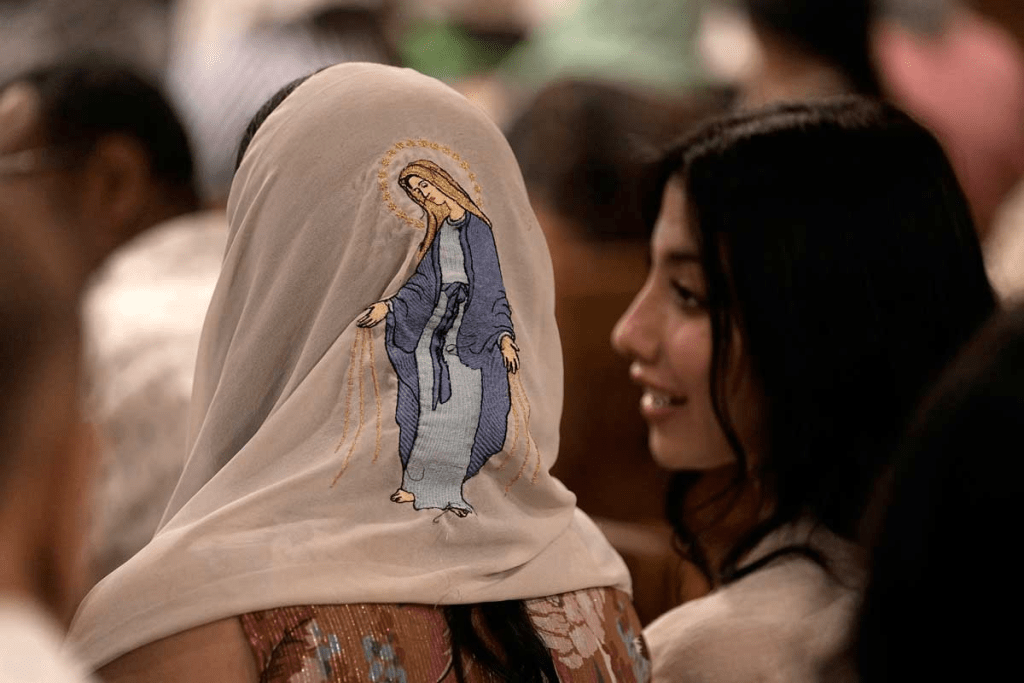

Sham El Nessim: Social, Noisy, and Full of Life
In contrast, Sham El Nessim brings a much more chaotic and carefree energy. People are outdoors, enjoying the sunshine, playing games, and having fun with friends and family. The focus is more on enjoying life and the arrival of spring.


Timing
Easter and Sham El Nessim may fall just a day apart now, but their timing hasn’t always been this seamless. History and tradition played a part in shaping when each holiday takes place.
Easter Comes First
Easter usually kicks things off, followed by Sham El Nessim. But that wasn’t always the case. Back in the day, Sham El Nessim used to clash with Lent, the Copts 55 days of fasting before Easter.
Then Enters Sham El Nessim
So, to make sure everyone could indulge in the feseekh and fun of Sham El Nessim, it was moved to the Monday after Easter, once the fasting was over.
Now, the two holidays flow perfectly into each other, with Easter’s spiritual vibes leading into Sham El Nessim’s social energy.
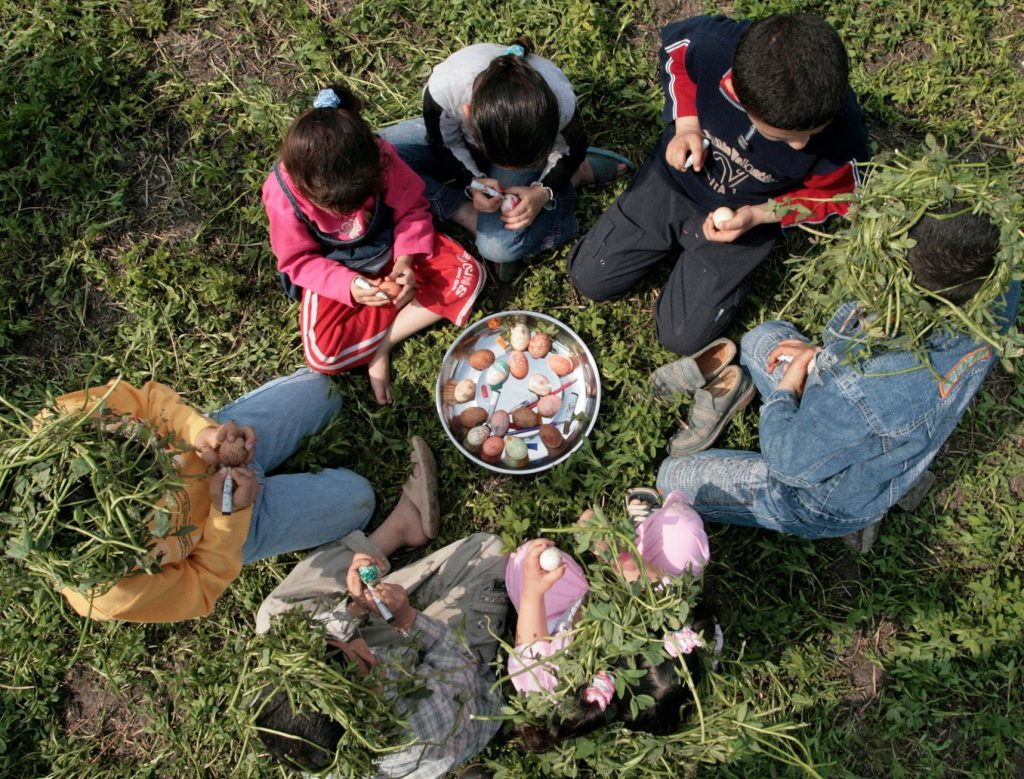

Shared Themes: Rebirth and Coming Together
Easter and Sham El Nessim may seem different, but at the end of the day they both celebrate rebirth. And those colorful eggs? Originally an Easter thing, but since the two holidays are so close, the lines got blurry, and now eggs are part of both.
What really ties them together, though, is community. Moving Sham El Nessim to the Monday after Easter was all about making sure everyone — Christians and Muslims — could celebrate together. They both carry the common themes of coming together and celebrating life.
WE SAID THIS: Don’t Miss…Ancient Spring Festivals in MENA


